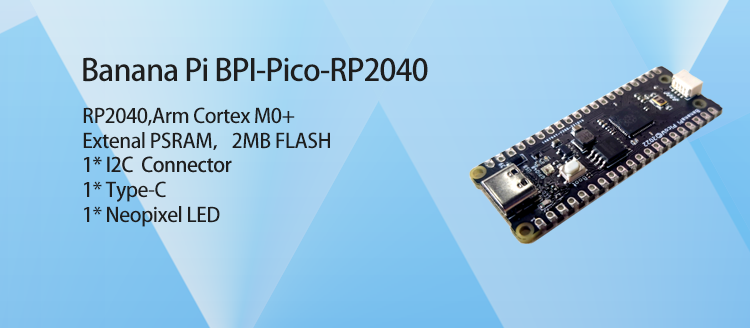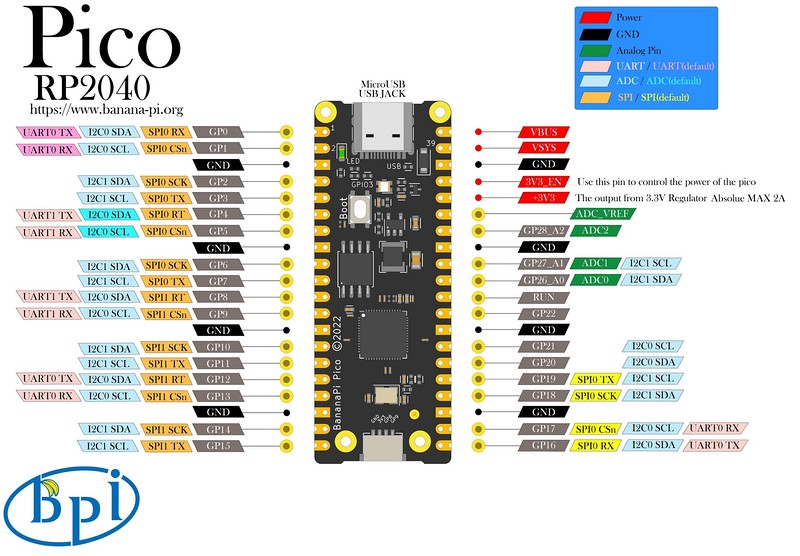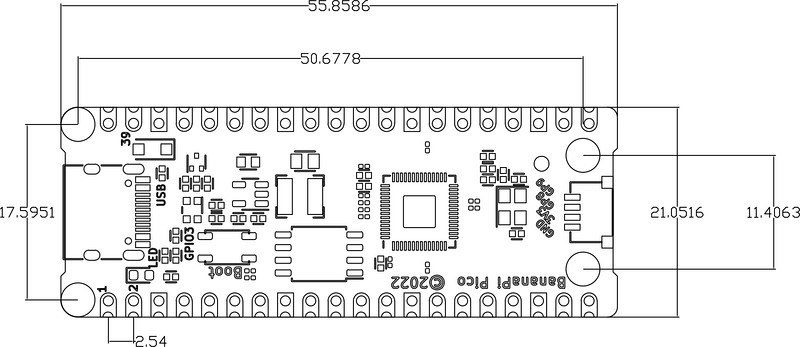Difference between revisions of "BPI-Pico-RP2040"
(→Hardware Size) |
|||
| (10 intermediate revisions by 2 users not shown) | |||
| Line 23: | Line 23: | ||
* 26 available GPIO pins, 4 of which support ADC analog input | * 26 available GPIO pins, 4 of which support ADC analog input | ||
* 1 x LED | * 1 x LED | ||
| − | * 1 x | + | * 1 x Neopixel LED |
| − | * 1 × | + | * 1 × SH 1.0 4-Pin socket |
* 1 × USB Type-C socket | * 1 × USB Type-C socket | ||
| Line 32: | Line 32: | ||
[[File:BPI-Pico-RP2040-V0.2-IO_800.jpg|800px]] | [[File:BPI-Pico-RP2040-V0.2-IO_800.jpg|800px]] | ||
| + | |||
| + | == Hardware spec == | ||
| + | |||
| + | {| class="wikitable" | ||
| + | |- | ||
| + | ! colspan="2" style="background-color:#ffcb2f;" | BPI-Pico-RP2040 Spec Sheet | ||
| + | |- | ||
| + | | Main Chip | ||
| + | | RP2040,Dual-core ARM Cortex M0+ CPU cores | ||
| + | |- | ||
| + | | Frequency | ||
| + | | 133MHz MAX | ||
| + | |- | ||
| + | | Operating temperature | ||
| + | | -20℃~+85℃ | ||
| + | |- | ||
| + | | On-chip SRAM | ||
| + | | 264 KB | ||
| + | |- | ||
| + | | On-board FLASH | ||
| + | | 2MB | ||
| + | |- | ||
| + | | GPIO | ||
| + | | 26 GPIO | ||
| + | |- | ||
| + | | ADC | ||
| + | | 4 analogue inputs | ||
| + | |- | ||
| + | | rowspan="6" | PIO | ||
| + | | I2C | ||
| + | |- | ||
| + | | SPI,DSPI,QSPI | ||
| + | |- | ||
| + | | UART | ||
| + | |- | ||
| + | | SDIO (SD card) | ||
| + | |- | ||
| + | | I2S | ||
| + | |- | ||
| + | | 8080 and 6800 parallel port | ||
| + | |- | ||
| + | | USB input voltage | ||
| + | | 5V | ||
| + | |- | ||
| + | | 3V3 output current | ||
| + | | 2A MAX | ||
| + | |- | ||
| + | | Neopixel LED | ||
| + | | 1 | ||
| + | |- | ||
| + | | LED | ||
| + | | 1 | ||
| + | |- | ||
| + | | USB Type-C socket | ||
| + | | 1 | ||
| + | |- | ||
| + | | SH 1.0 4-pin socket | ||
| + | | 1 | ||
| + | |} | ||
== Hardware Size == | == Hardware Size == | ||
| Line 39: | Line 98: | ||
{| class="wikitable" | {| class="wikitable" | ||
|- | |- | ||
| − | !colspan="2" style=" background-color:#ffcb2f;" | BPI- | + | !colspan="2" style=" background-color:#ffcb2f;" | BPI-Pico-RP2040 size chart |
|- | |- | ||
| Pin spacing | | Pin spacing | ||
| Line 58: | Line 117: | ||
The pin spacing is compatible with universal boards (hole boards, dot matrix boards) and breadboards, which is convenient for debugging applications. | The pin spacing is compatible with universal boards (hole boards, dot matrix boards) and breadboards, which is convenient for debugging applications. | ||
| + | |||
| + | = Software = | ||
| + | |||
| + | ==MicroPython== | ||
| + | |||
| + | [[File:Mircopython.png | 800px]] | ||
| + | |||
| + | MicroPython implements most of the features and syntax of Python 3, which is easy to learn and use, and can be downloaded directly into the chip to run the verification program without compiling. | ||
| + | |||
| + | Regardless of whether you have a programming foundation or not, MicroPython is far less difficult to get started with than other programming languages. Its code is easy to read, and the open source community has accumulated rich resources over the years. Just like Python, it has strong vitality and application value. | ||
| + | |||
| + | * [https://bpi-steam.com/Pico_RP2040_doc/en/Programming/MicroPython_Gettingstart.html BPI-Pico-RP2040 MicroPython Getting Started[BPI-STEAM]] | ||
| + | |||
| + | * [https://datasheets.raspberrypi.com/pico/raspberry-pi-pico-python-sdk.pdf Raspberry Pi Pico Python SDK] | ||
| + | |||
| + | ==Arduino== | ||
| + | |||
| + | [[File:Arduino_logo_1200x350.png | 800px]] | ||
| + | |||
| + | Arduino is an open source embedded software and hardware development platform for users to create interactive embedded projects. | ||
| + | |||
| + | * [https://bpi-steam.com/Pico_RP2040_doc/en/Programming/Arduino_Gettingstart.html BPI-Pico-RP2040 Arduino Getting Started[BPI-STEAM]] | ||
| + | |||
| + | * [https://arduino-pico.readthedocs.io/en/latest/ RP2040 Arduino documentation] | ||
| + | |||
| + | = Reference Resources = | ||
| + | |||
| + | * [https://github.com/BPI-STEAM/BPI-Pico-RP2040-Doc/blob/main/BPI-Pico-RP2040-V0.2-SCH.pdf GitHub: BPI-Pico-RP2040 Schematic diagram of development board PDF] | ||
| + | |||
| + | * [https://datasheets.raspberrypi.com/rp2040/rp2040-datasheet.pdf rp2040-datasheet.pdf] | ||
| + | |||
| + | * [https://datasheets.raspberrypi.com/rp2040/rp2040-product-brief.pdf rp2040-product-brief.pdf] | ||
=Easy to buy sample= | =Easy to buy sample= | ||
| + | *BIPAI Aliexress shop:https://www.aliexpress.com/item/1005005083258994.html? | ||
| + | *SINOVOIP Aliexpress shop : https://www.aliexpress.us/item/3256804896912828.html?gatewayAdapt=glo2usa4itemAdapt&_randl_shipto=US | ||
| + | *Taobao Shop: https://item.taobao.com/item.htm?spm=a1z10.5-c-s.w4002-24708246124.11.774a3ce5S1Yvbl&id=695456693140 | ||
| + | *OEM&ODM,please contact: [email protected] | ||
Latest revision as of 18:43, 8 January 2024
Contents
Introduction
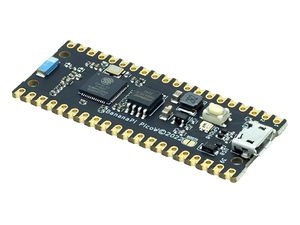
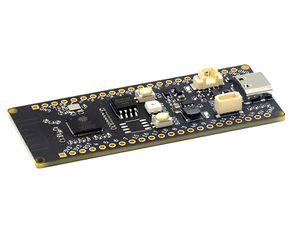
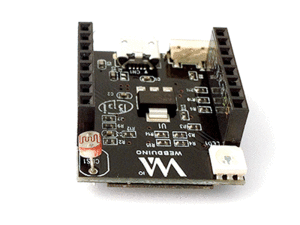
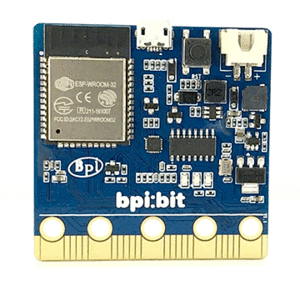
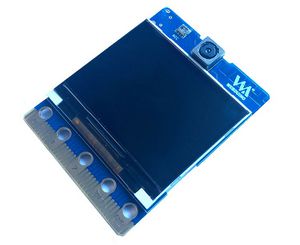
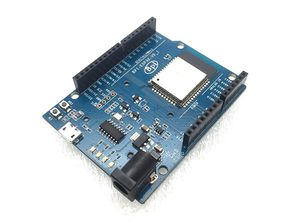
The Banana Pi Pico series is a low-power microcontroller development board designed for the Internet of Things.
BPI-Pico-RP2040 is a microcontroller development board launched by Banana Pi equipped with RP2040 chip. Its most notable feature is to add a Onboard WS2812 color LED; replace the 3-Pin DEBUG interface with a JST SH 1mm 4-Pin socket, which can be connected with Qwiic & STEMMA QT or any possible peripherals; replace the micro-USB socket with a USB Type-C socket , supports reversible insertion, and is compatible with the USB Type-C cable of most modern smartphones, no additional purchase is required.
key features
- Dual-core ARM Cortex M0+ CPU cores (up to 133 MHz)
- 264K SRAM
- 2MB Flash
- 26 available GPIO pins, 4 of which support ADC analog input
- 1 x LED
- 1 x Neopixel LED
- 1 × SH 1.0 4-Pin socket
- 1 × USB Type-C socket
Hardware
Hardware interface
Hardware spec
| BPI-Pico-RP2040 Spec Sheet | |
|---|---|
| Main Chip | RP2040,Dual-core ARM Cortex M0+ CPU cores |
| Frequency | 133MHz MAX |
| Operating temperature | -20℃~+85℃ |
| On-chip SRAM | 264 KB |
| On-board FLASH | 2MB |
| GPIO | 26 GPIO |
| ADC | 4 analogue inputs |
| PIO | I2C |
| SPI,DSPI,QSPI | |
| UART | |
| SDIO (SD card) | |
| I2S | |
| 8080 and 6800 parallel port | |
| USB input voltage | 5V |
| 3V3 output current | 2A MAX |
| Neopixel LED | 1 |
| LED | 1 |
| USB Type-C socket | 1 |
| SH 1.0 4-pin socket | 1 |
Hardware Size
| BPI-Pico-RP2040 size chart | |
|---|---|
| Pin spacing | 2.54mm |
| Mounting hole spacing | 17.6mm/ 11.4mm |
| Mounting hole size | Inner diameter 2.1mm/outer diameter 3.4mm |
| Mainboard size | 11.4 × 55.8(mm) |
| Thickness | 1.2mm |
The pin spacing is compatible with universal boards (hole boards, dot matrix boards) and breadboards, which is convenient for debugging applications.
Software
MicroPython
MicroPython implements most of the features and syntax of Python 3, which is easy to learn and use, and can be downloaded directly into the chip to run the verification program without compiling.
Regardless of whether you have a programming foundation or not, MicroPython is far less difficult to get started with than other programming languages. Its code is easy to read, and the open source community has accumulated rich resources over the years. Just like Python, it has strong vitality and application value.
Arduino
Arduino is an open source embedded software and hardware development platform for users to create interactive embedded projects.
Reference Resources
Easy to buy sample
- BIPAI Aliexress shop:https://www.aliexpress.com/item/1005005083258994.html?
- SINOVOIP Aliexpress shop : https://www.aliexpress.us/item/3256804896912828.html?gatewayAdapt=glo2usa4itemAdapt&_randl_shipto=US
- Taobao Shop: https://item.taobao.com/item.htm?spm=a1z10.5-c-s.w4002-24708246124.11.774a3ce5S1Yvbl&id=695456693140
- OEM&ODM,please contact: [email protected]
